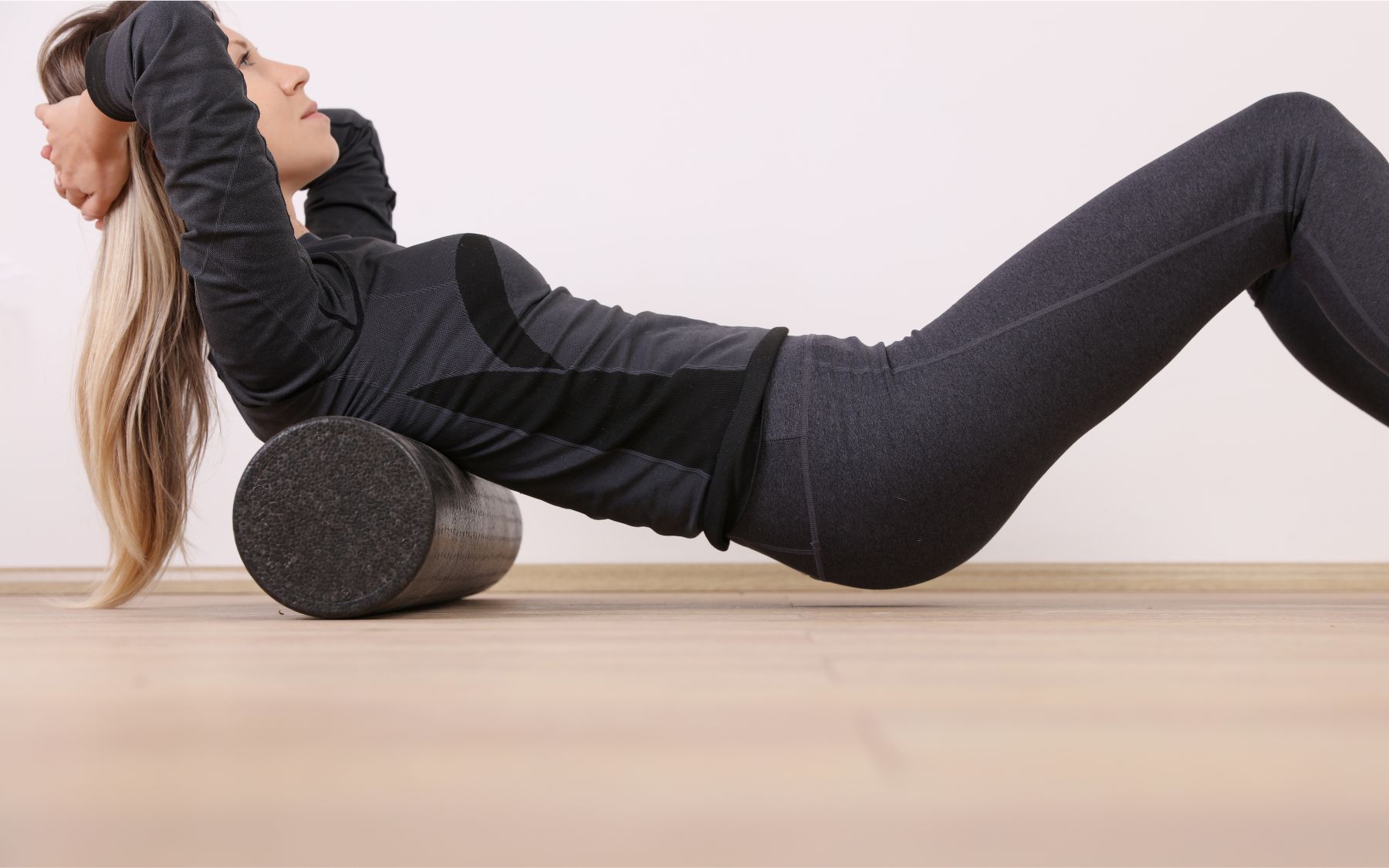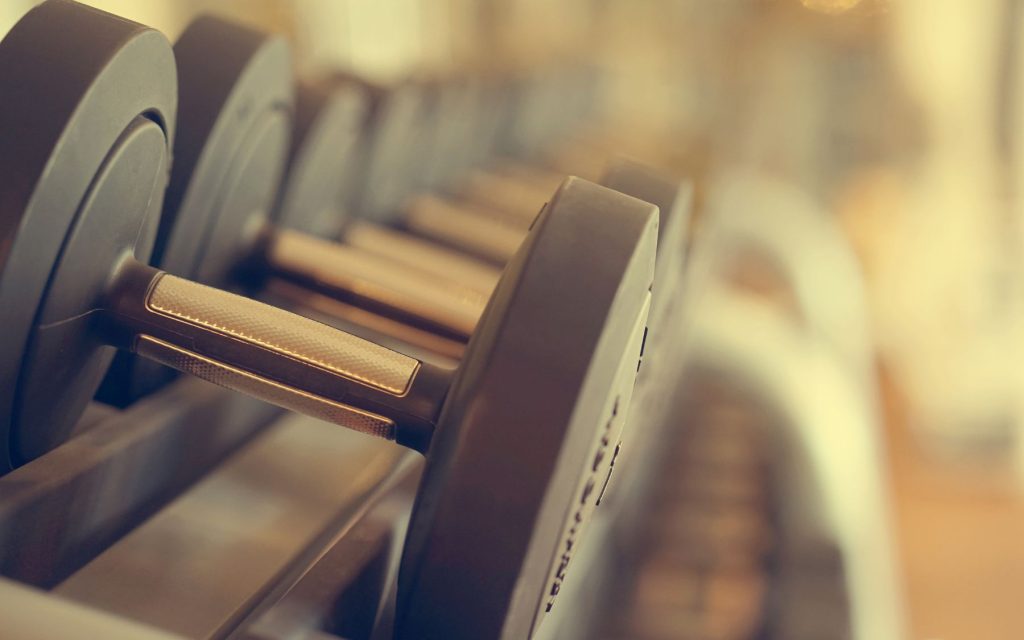
The Best Recovery Strategies: Foam Rolling, Stretching and Beyond
Whether you’ve just completed an intense workout or you’ve been on your feet all day, recovery is essential to maintaining an active and healthy lifestyle. Proper recovery doesn’t just reduce soreness and help prevent injury—it also boosts performance and accelerates progress toward your fitness goals. In a world where we often push ourselves to the limit, giving our bodies time to recover and recharge is just as important as the workouts themselves.
There are countless recovery strategies out there, but in my opinion these are three of the most effective methods: foam rolling, stretching and a few additional techniques that can help you recover faster, feel better and improve your overall well-being.
1. Foam Rolling: The Power of Self-Myofascial Release
Foam rolling is a popular technique for reducing muscle tightness and improving mobility. It’s a form of self-myofascial release (SMR), which helps release knots and adhesions in the fascia – the connective tissue that surrounds muscles. By applying pressure to specific areas, foam rolling can help break up scar tissue, enhance blood flow and increase the range of motion in your muscles and joints.
How to Foam Roll Effectively:
- Focus on Major Muscle Groups: Target large muscle areas like your quads, hamstrings, calves, back and IT bands. These areas tend to store tension and tightness, especially after workouts.
- Apply Steady Pressure: Roll slowly over the muscle, pausing on any tender spots or knots. You don’t want to roll quickly; slow, deliberate movements allow the muscle to relax and release tension.
- Don’t Overdo It: Foam rolling shouldn’t be painful. If you find a particularly sore spot, spend a little extra time there, but avoid excessive pressure. If it hurts too much, you could be damaging the tissue.
- Frequency: Incorporate foam rolling into your routine 3 times a week for the best results. It’s great post-workout, but you can also use it in the morning or before bed to help relieve tightness from daily activities.
Benefits of Foam Rolling:
- Reduces muscle soreness and tightness
- Improves flexibility and range of motion
- Increases blood circulation and oxygen delivery to muscles
- Aids in muscle recovery and reduces the risk of injury
2. Stretching: Flexibility and Mobility for the Win
Stretching is a classic recovery technique, and for good reason. It helps increase flexibility, promotes relaxation, and can alleviate muscle stiffness after exercise. Whether you prefer dynamic stretches before a workout or static stretches afterward, stretching can play a key role in improving your recovery process.
Dynamic Stretching: This is best done before your workout to warm up your muscles and increase blood flow. Dynamic stretching involves controlled movements that gently take your muscles and joints through their full range of motion. Some examples include:
- Arm circles
- Leg swings (forward and lateral)
- Walking lunges
- Hip circles
Dynamic stretches activate muscles and prepare them for the demands of exercise, helping to prevent injury and improve performance.
Static Stretching: Static stretches are held for 20-30 seconds and are most effective after your workout when your muscles are warm. This type of stretching helps lengthen muscles, improve flexibility and reduce tension. Common static stretches include:
- Hamstring stretch (seated or standing)
- Chest opener stretch
- Quadriceps stretch
- Shoulder stretch
- Calf stretch
Benefits of Stretching:
- Improves flexibility and joint mobility
- Enhances muscle recovery by reducing muscle tension
- Helps with post-workout relaxation and mental recovery
- Prevents injury by increasing muscle length and flexibility
3. Active Recovery: Low-Impact Movement to Promote Healing
While rest is crucial for recovery, active recovery – where you engage in low-intensity activities – can also be highly beneficial. Active recovery encourages blood flow to your muscles, helping to clear out lactic acid buildup and deliver fresh nutrients to your tissues.
Examples of Active Recovery:
- Light cardio: Going for a brisk walk, a gentle bike ride or a swim at a slow pace can help keep blood circulating to your muscles without putting additional strain on them.
- Yoga or Pilates: These practices are excellent for both flexibility and mental relaxation. They emphasise slow, controlled movements that increase blood flow while improving mobility and flexibility.
- Gentle stretching sessions: Rather than static stretches alone, consider attending a restorative yoga class or doing a guided stretching routine designed to promote relaxation.
Active recovery is especially helpful the day after a particularly intense workout (which may result in “DOMS” or delayed onset muscle soreness). A light activity helps ease stiffness and soreness while preventing muscle tightness from becoming more severe.
Benefits of Active Recovery:
- Increases circulation to promote healing
- Reduces muscle soreness by preventing stiffness
- Supports flexibility and range of motion
- Reduces the buildup of lactic acid and waste products in muscles
4. Proper Hydration and Nutrition: Fueling Recovery
Recovery isn’t just about physical techniques – it’s also about giving your body the nutrients it needs to repair and rebuild. Staying hydrated and consuming the right foods after exercise are vital for muscle recovery and performance.
- Hydration: Water is essential for transporting nutrients to your muscles and flushing out toxins that build up during exercise. Drink water before, during and after your workout, and consider adding electrolytes if you’ve been sweating heavily.
- Protein: Protein is the building block of muscle tissue, so consuming a post-workout meal with adequate protein helps stimulate muscle repair and growth. Aim for 15-30 grams of protein within an hour after exercise, depending on the intensity of your workout.
- Carbohydrates: Replenishing glycogen stores is important, especially after long or intense cardio sessions. Carbs, paired with protein, help kickstart the recovery process and give you energy for your next workout.
- Anti-inflammatory Foods: Incorporating foods with natural anti-inflammatory properties – such as turmeric, ginger, berries, and omega-3-rich foods like salmon or walnuts – can help reduce muscle inflammation and soreness.
5. Sleep: The Ultimate Recovery Tool
While recovery techniques like foam rolling, stretching and active recovery play a huge role in helping your muscles repair, the most important recovery tool is often the one most overlooked: sleep.
During deep sleep, your body releases growth hormones that are critical for muscle repair and recovery. This is when the bulk of tissue healing and regeneration happens. Without sufficient sleep, you may experience slower recovery, reduced performance and increased risk of injury.
Aim for 7-9 hours of sleep per night, and try to maintain a consistent sleep schedule. If you’re having trouble falling asleep, try incorporating relaxation techniques such as meditation, reading, or breathing exercises to wind down before bed.
Benefits of Sleep for Recovery:
- Promotes muscle repair and growth
- Reduces inflammation and stress
- Boosts immune function and energy levels
- Improves mental clarity and focus for your next workout
Recovery Is Just as Important as Training
As athletes, fitness enthusiasts or simply people who love to move, we often focus on what we can do during our workouts to improve strength, endurance and performance. But recovery is just as crucial – without proper recovery, we risk injury, burnout and slower progress.
Incorporating a combination of foam rolling, stretching, active recovery, hydration, proper nutrition and, of course, sleep, will help you feel better, move better and recover faster. Think of recovery not as an optional extra, but as an essential part of your fitness journey. After all, how you recover today will determine how strong you perform tomorrow.
As always, any questions please do get in touch.
Caroline x



